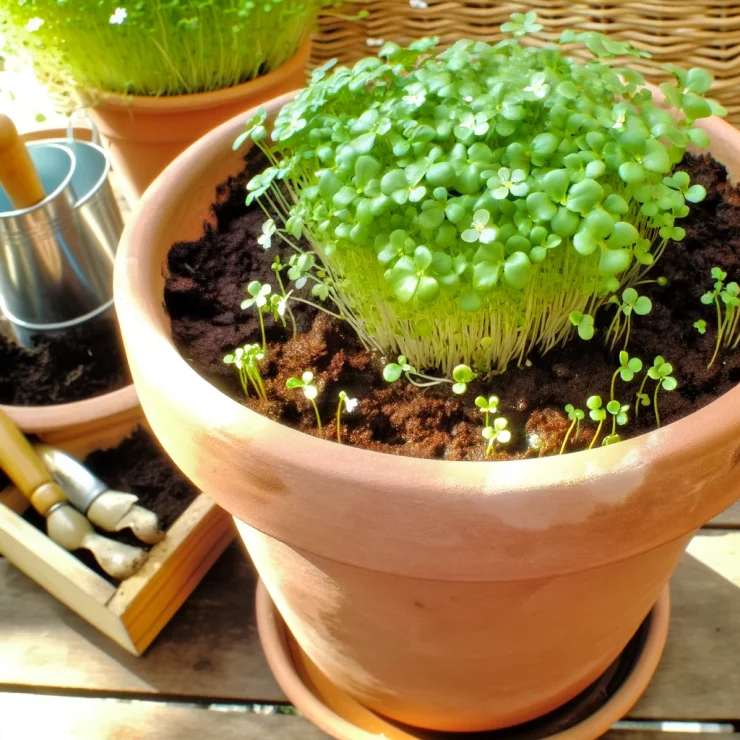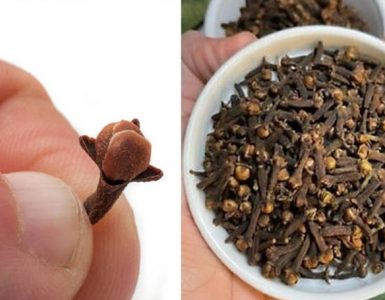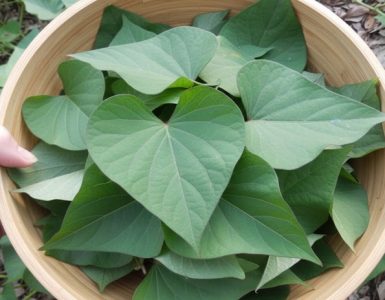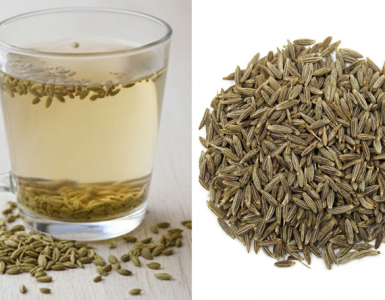Watercress, with its vibrant green leaves and peppery flavor, is not only a delicious addition to salads and sandwiches but also packs a powerful nutritional punch. In fact, it’s often hailed as one of the most nutrient-dense foods on the planet, containing an impressive array of vitamins, minerals, and antioxidants. Growing your own watercress allows you to enjoy its freshness and maximize its health benefits. Here’s how you can grow watercress right in your own backyard or even indoors:
Selecting the Right Location:
Watercress thrives in cool, moist environments with plenty of sunlight. Look for a location in your garden that receives partial shade to prevent the leaves from wilting in the hot sun. If you’re growing watercress indoors, place it near a window where it can receive indirect sunlight throughout the day.
Choosing the Growing Medium:
Watercress is a water-loving plant and does best when grown hydroponically or in a consistently moist environment. You can grow watercress in containers filled with potting soil or directly in shallow trays of water. If using trays of water, make sure the water level is kept constant, and change it regularly to prevent stagnation.
Planting Watercress Seeds:
Watercress can be grown from seeds or cuttings. If planting from seeds, sprinkle them evenly over the surface of the soil or the bottom of your water tray. Gently press the seeds into the soil or substrate, but avoid covering them completely. Keep the growing medium consistently moist until the seeds germinate, which usually takes about 7 to 10 days.
Caring for Watercress:
Once your watercress starts to grow, it requires minimal maintenance. Keep the soil or water tray consistently moist, and avoid letting it dry out completely. If growing in containers, ensure proper drainage to prevent waterlogging. Trim the leaves as needed to encourage new growth and prevent the plant from becoming overcrowded.
Harvesting Watercress:
Watercress is ready to harvest when the leaves are large enough to be picked. You can harvest the outer leaves individually or trim the entire plant about 2 inches above the soil or water line. Continuously harvesting watercress encourages new growth and prolongs the harvesting period.
Enjoying Your Homegrown Watercress:
Freshly harvested watercress can be enjoyed in a variety of dishes, from salads and sandwiches to soups and smoothies. Its peppery flavor adds a refreshing kick to any meal, while its nutritional content provides numerous health benefits. Incorporating watercress into your diet can help boost your immune system, improve digestion, and support overall health and well-being.
Growing watercress at home is not only easy and rewarding but also allows you to enjoy one of the most nutrient-dense foods available year-round. By following these simple steps, you can cultivate your own supply of fresh watercress and reap its many health benefits. Whether grown in your backyard garden or indoors on your windowsill, watercress is a versatile and delicious addition to any culinary repertoire.






Add comment